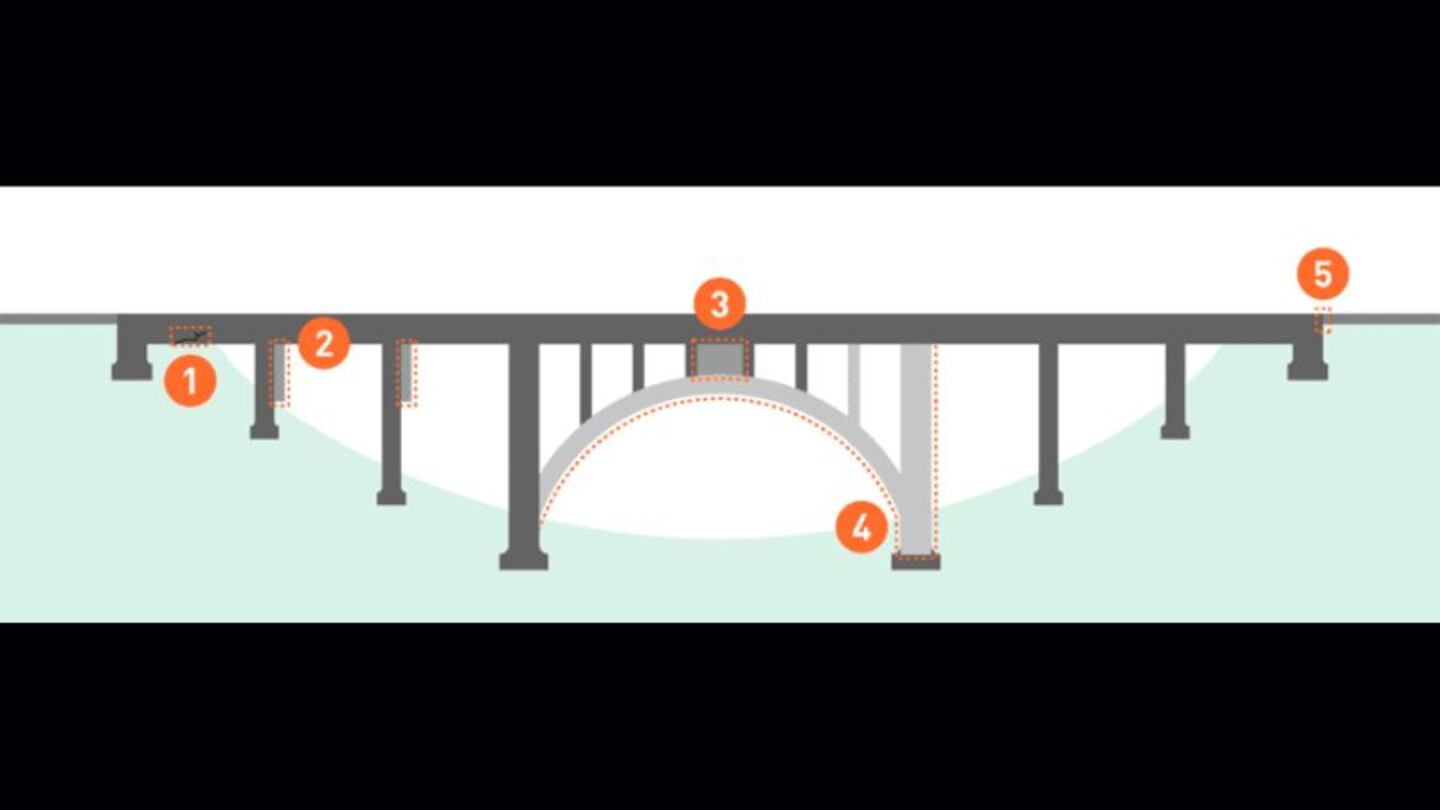SEATTLE — Seattle is known for having historic bridges like the Fremont Bridge, which opened in 1917. However, 16 roadway and pedestrian bridges need upgrading in the event the next big earthquake hits.
“We’re on track to strengthen 16 bridges across Seattle to be safer during an earthquake,” Seattle Department of Transportation’s (SDOT) Kitt Loo said.
Five of the bridges, including the Lower Spokane Swing Bridge, are already retrofitted. Loo said the bridges can’t be torn down and rebuilt. Instead, the bridges have to be upgraded.
“Some of these older structures are deemed historical, or have some type of landmark preservation designation associated with them,” he said. “So with those, we use a lot of seismic retrofit techniques that try to maintain a lot of those architectural characteristics that may include either just enlarging specific elements of the bridge, using concrete, or we may wrap the bridge with carbon fiber to increase the strength. Those are key components that help maintain seismic resiliency for those bridges.”
These are bridges to be retrofitted and some have already been worked on, according to SDOT:
Loo said SDOT plans to complete all the projects by the end of 2025. It’s all part of the Levy to Move Seattle which was voted on back in 2015. According to SDOT, the $930 million levy will be used to maintain streets and bridges and keep the roadways safe for travelers.
Typical modifications for a concrete arch bridge include (shown on the graphic below):
- Repairing existing concrete components that are in poor condition.
- Installing concrete bolsters and enlarging the bridge’s columns and crossbeams.
- Strengthening the existing arch with a concrete infill wall.
- Installing carbon fiber wrapping to the bridge’s crossbeams, columns, and arches.
- Replacing the expansion joints at both ends of the bridge.
The McGraw Street Bridge seismic retrofit construction began in March and the Delridge Way Pedestrian Bridge seismic retrofit construction began in April.
In general, during work for bridge seismic retrofit projects, neighbors can expect work in the public right-of-way near your home or business. You can also expect occasional traffic or lane restrictions, including closures on side streets and detours for people walking and biking, including potential closures of crosswalks and sidewalks.
Residents should also prepare for typical construction activities such as noise, dust, vibrations and construction equipment staged on the bridge and within the work area. Also, temporary on-street parking restrictions, with signs placed 72 hours in advance to notify residents not to park in the areas.
Construction work will generally occur on weekdays between 7 a.m. and 5 p.m., from Monday to Friday.
You can read more of Micki Gamez’s stories here. Follow Micki on X, formerly known as Twitter, or email her here.
©2024 Cox Media Group










